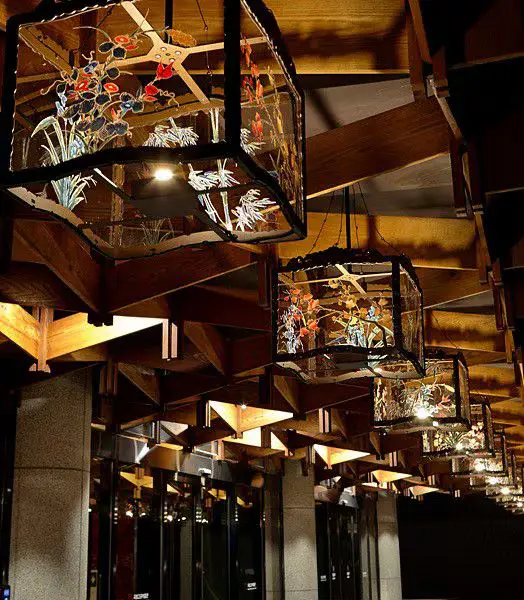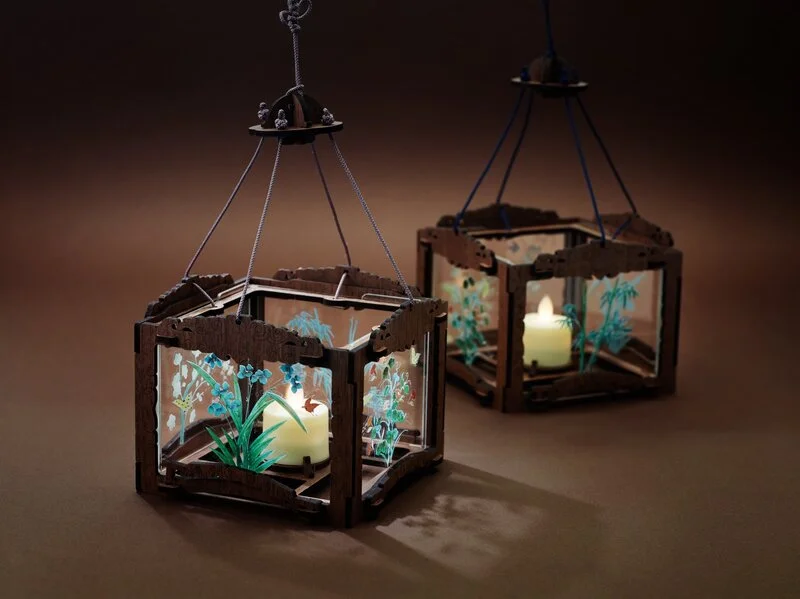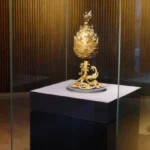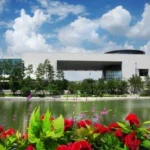The square glass lantern, originally used in 19th-century Joseon royal festivities, has been revitalized as a popular cultural product among younger generations, thanks to efforts by the National Palace Museum of Korea and the Korea Cultural Heritage Foundation. Initially gaining attention through social media in 2020, these lanterns have seen significant commercial success and have been featured prominently in public spaces. This resurgence reflects a broader cultural pride in Korean heritage, paralleling the global rise of K-pop and K-drama.
The Rebirth of a Royal Tradition



The square glass lantern that once illuminated the night festivities of the Joseon royal court has now become a highly coveted item among the younger generation. Developed collaboratively by the National Palace Museum of Korea and the Korea Cultural Heritage Foundation, this assembly-style square glass lantern draws inspiration from artifacts preserved in the museum. By transforming it into a cultural product that anyone can assemble, it has become a significant success. Night festivities in the Joseon royal court began in 1828, initiated by Crown Prince Hyomyeong, the heir of King Sunjo. Historical records and illustrations in the 1848 uigwe document show that square glass lanterns were created and hung under palace eaves to brighten the nighttime celebrations.
From Exhibition to Market Sensation
Initially, there were no plans to commercialize these lanterns. The journey began in June 2020 when the square lantern was selected as a curator-recommended royal artifact. Photos shared on the Cultural Heritage Administration’s social media rapidly gained traction, particularly among the MZ generation, with many expressing admiration and desire to own the lanterns. Following this enthusiasm, 1,000 lanterns were distributed for free during the 2020 Royal Culture Festival, leading to overwhelming requests for their commercialization. Consequently, the Cultural Heritage Administration began selling the square glass lanterns, which sold out three times. This unprecedented demand prompted the National Palace Museum to file for a design patent for the first time since its opening and even install a large square lantern at its entrance. In December 2022, 350 lanterns were installed as part of the street landscape lighting in Jongno-gu, Seoul.
A Renewed Appreciation in Modern Times
Four years later, these square glass lanterns are once again a hot topic in Korean communities. In 2020, the lanterns were primarily known among cultural heritage enthusiasts and not widely recognized by the general public. However, as more posts about the lanterns appeared on Korean community sites like instiz, a broader audience began to appreciate their beauty and the aesthetic sense of the Joseon era. Instiz members frequently comment on the lanterns’ attractiveness and inquire about where they can be purchased.
Rediscovering Cultural Pride
The square glass lantern has been an artifact of the National Palace Museum since its opening in 2005, but it only gained significant attention in 2020. This period marked a time when South Korea was emerging as a developed nation and gaining cultural pride through K-pop and K-drama. Previously, many Koreans regarded Western culture as superior, but with rising cultural confidence, there was a renewed interest in Korean cultural heritage. This led to a newfound appreciation for the aesthetic value of these artifacts. The square glass lantern, resonating with Korean sensibilities, quickly became popular. The hope is that these lanterns will appear in K-dramas, showcasing their beauty to a global audience.

I appreciate you taking the time to read this post. Please share your thoughts in the comments!



I would love to own one of these. Such craftsmanship!